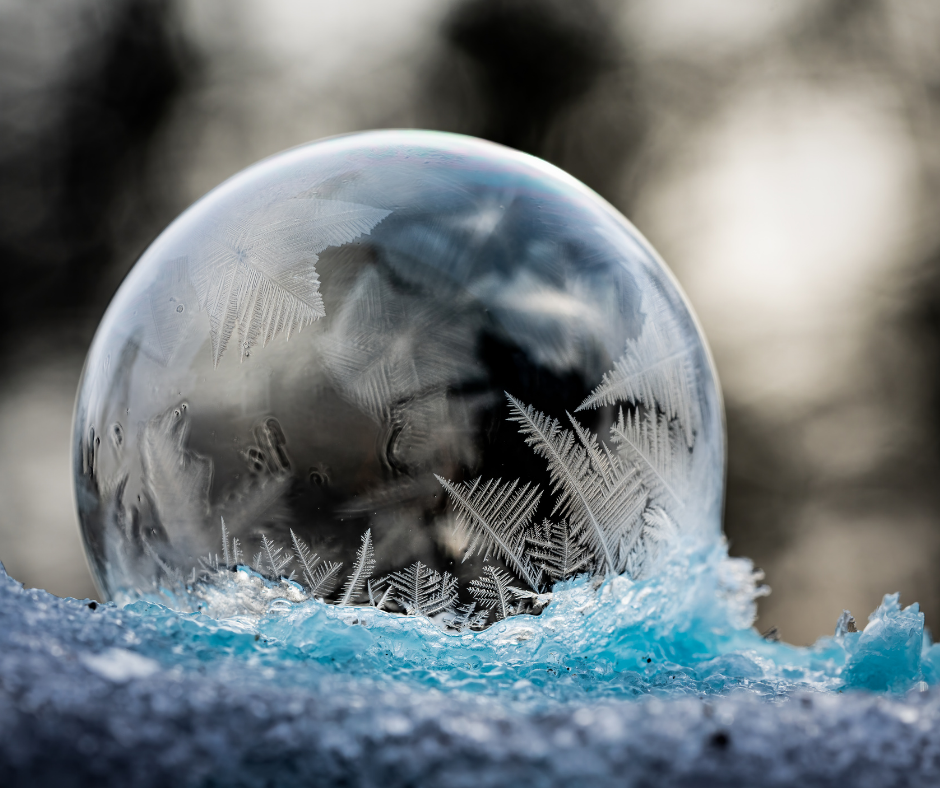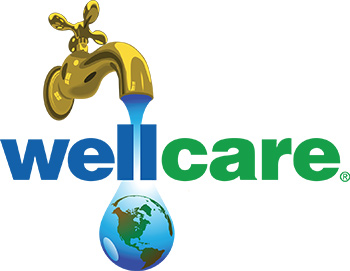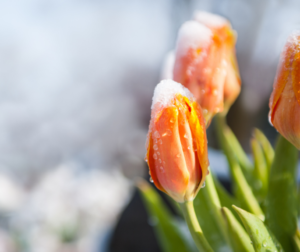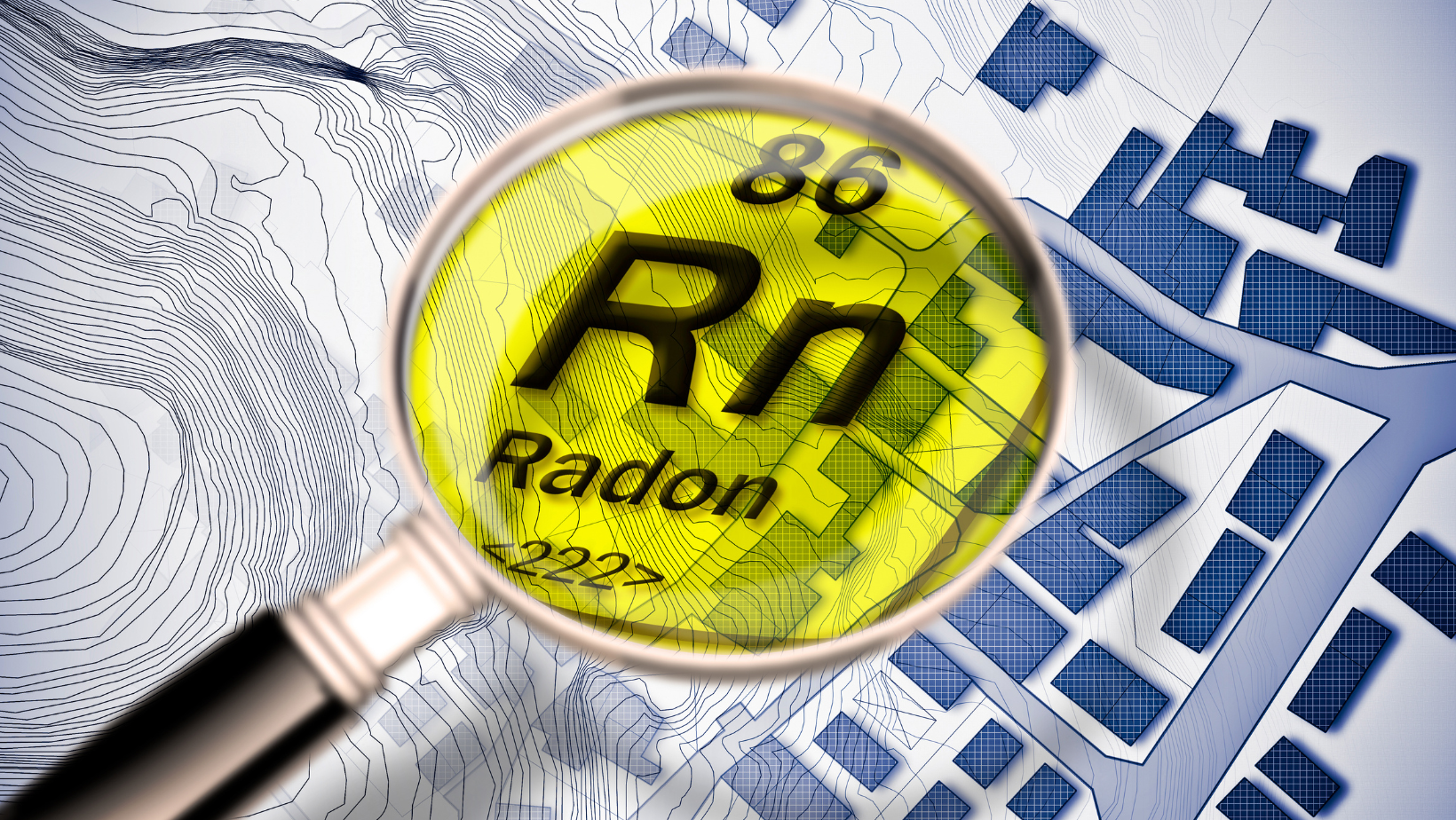
This one is fun for the kiddos and even the big kids!
NOTE: The temperature must be below 32 degrees Fahrenheit for the bubble to freeze, with best results in extreme cold weather 9-12 degrees Fahrenheit.
What you’ll need:
- Bubble solution – If you can’t find any at the store you can make your own! Combine 4 cups of distilled water, 1 cup of regular Dawn or Joy dish soap, and ¼ cups of glycerin (light corn syrup can substitute for the glycerin). Stir this up well and let it rest for 24+ hours before using.
- Bubble wands (you can also use straws, twisted pipe cleaners, zip ties, etc.)
TIP: Save the homemade solution for other bubble adventures! DO NOT put it down the drain or flush it into your septic system.
Instructions:
1. Gather the bubble making supplies and wands.
2. Bundle up and go outside and blow bubbles! The gentler the bubbles are blown, the more likely they will freeze and won’t pop.
3. Have fun!!!
Adapted from https://www.firefliesandmudpies.com/frozen-bubbles/


